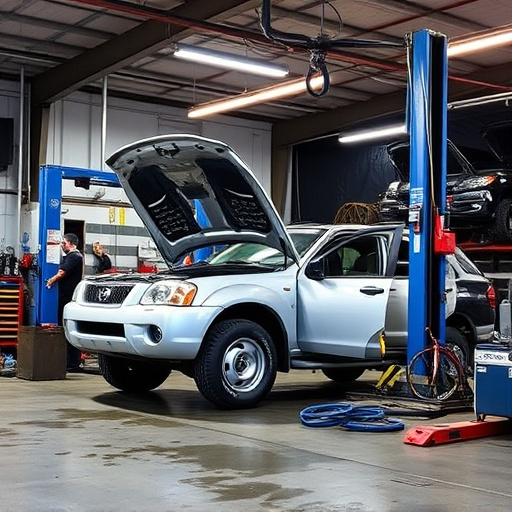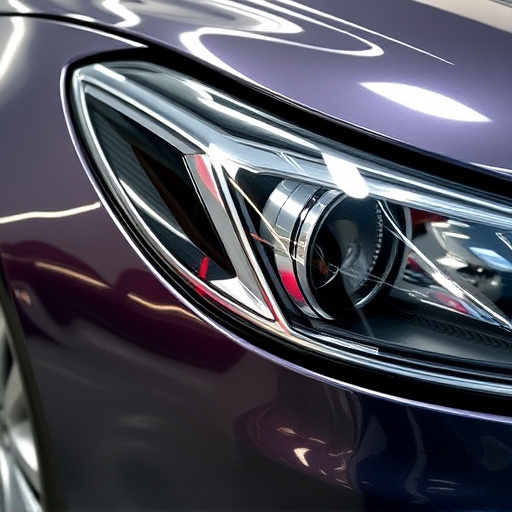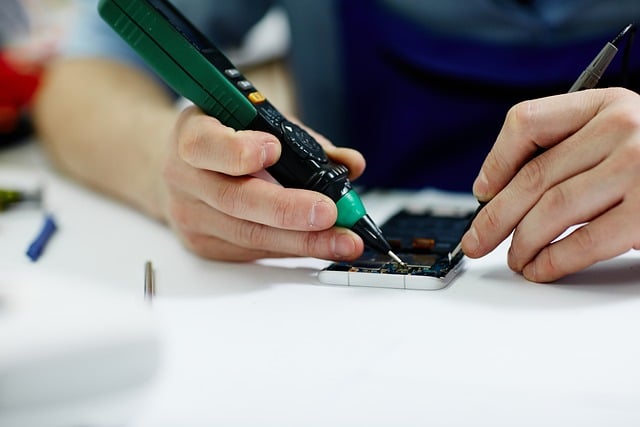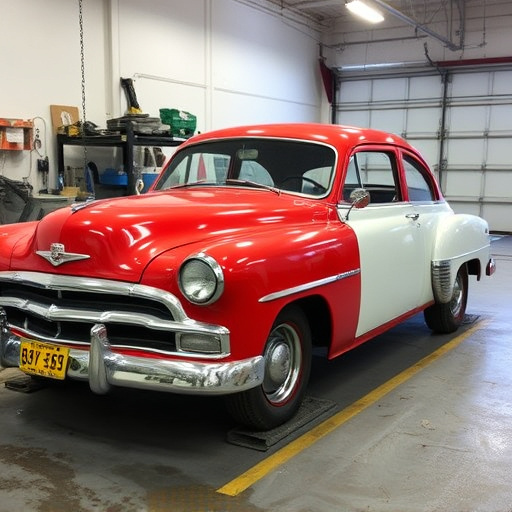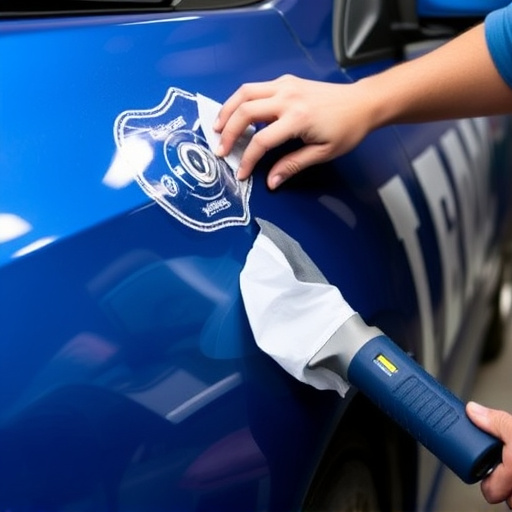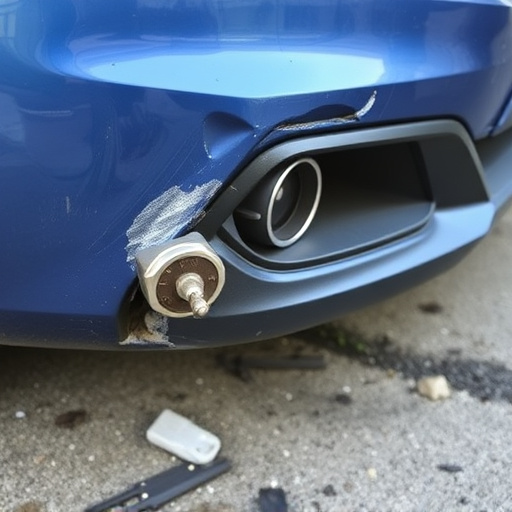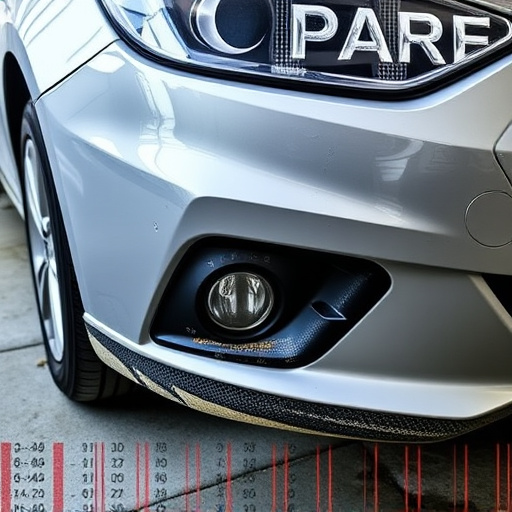Advanced welding techniques like TIG and laser welding provide precise solutions for diverse industries. Laser welding is fast and precise, robotic arc welding automates for high volume, and TIG welding offers versatility. Safety is paramount, with strict protocols, PPE, ventilation, and workspace organization. Best practices include quality control, tool maintenance, and staying updated on advancements.
Unleash the power of precision and innovation with our guide on advanced welding techniques. From understanding the fundamentals to exploring diverse methods, this article equips readers with knowledge crucial for mastering modern welding. We delve into common techniques, demystifying processes like TIG and laser welding. Furthermore, discover safety best practices essential for successful—and secure—welding projects. Elevate your skills with these advanced welding insights.
- Understanding the Basics of Advanced Welding
- Common Advanced Welding Techniques Explained
- Safety Measures and Best Practices in Advanced Welding
Understanding the Basics of Advanced Welding

Advanced welding techniques go beyond traditional methods, offering precise and innovative solutions for various industries. To grasp their potential, one must first understand the fundamentals. This involves learning about different welding types, such as TIG (Tungsten Inert Gas) and laser welding, each with unique advantages for specific applications.
In automotive repair, for instance, advanced welding techniques like spot welding and resistance welding are crucial for assembling car bodywork, ensuring structural integrity even after hail damage repairs. These methods demand skill and precision to meld materials seamlessly, enhancing the overall quality of the final product across industries from automotive to aerospace.
Common Advanced Welding Techniques Explained
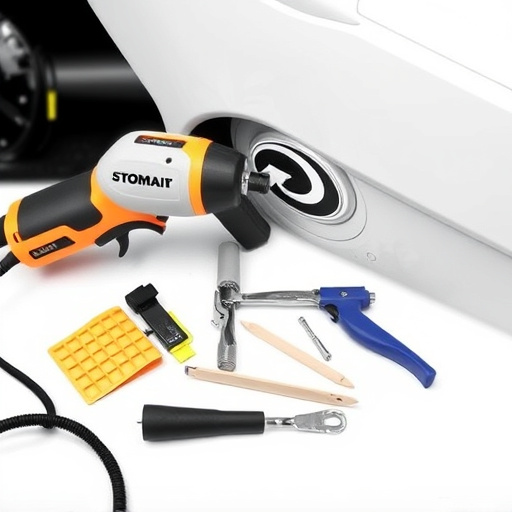
In the realm of advanced welding techniques, several innovative methods have emerged to enhance the precision and quality of metal joining. Among the most common are Laser Welding, Robotic Arc Welding, and TIG (Tungsten Inert Gas) Welding. Each technique offers unique advantages tailored for specific applications. For instance, Laser Welding is renowned for its high speed, minimal heat input, and precise control, making it ideal for intricate designs and thin materials, a process often utilized in the meticulous autobody repairs of premium vehicles like Mercedes Benz.
Robotic Arc Welding, on the other hand, automates the welding process, ensuring consistent quality and enabling complex geometric welds. This is particularly beneficial in industries demanding high-volume production, such as auto body repairs, where efficiency is paramount. TIG Welding, known for its versatility and ability to weld a wide range of materials, including aluminum and stainless steel, is a versatile technique that allows for precise control over heat input, making it suitable for both structural and aesthetic applications.
Safety Measures and Best Practices in Advanced Welding
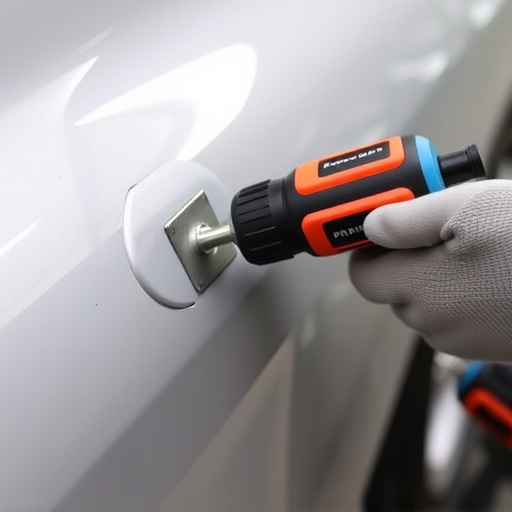
In the realm of advanced welding techniques, safety is paramount. Professionals engaging in these specialized processes must adhere to stringent protocols to mitigate risks associated with intense heat, hazardous fumes, and potential arc flashes. Personal protective equipment (PPE), including heat-resistant gear, eye protection, and respirators, is non-negotiable. Adequate ventilation systems are crucial for dispersing toxic gases and ensuring clear vision during the welding process. Moreover, maintaining a clean and organized workspace reduces tripping hazards and facilitates efficient work flows in vehicle repair services and car repair services.
Best practices in advanced welding encompass precise technique, consistent quality control, and adherence to industry standards. Welders should be meticulously trained and certified to handle high-precision equipment. Regular maintenance of tools and machinery ensures optimal performance and safety. Additionally, staying updated on the latest advancements in materials and techniques allows professionals to adapt and refine their skills, ultimately enhancing the quality of vehicle repair services and car repair services they provide.
Advanced welding techniques have transformed the manufacturing landscape, offering precise and efficient solutions. By understanding the fundamentals, familiarizing yourself with various methods, and adhering to safety best practices, you can master these cutting-edge processes. Continuous learning and staying updated with industry trends will ensure you leverage the full potential of advanced welding in your projects.


